Introduction
Embarking on a home improvement project or simply looking to revamp your space? The choice of door hinges can significantly impact the overall aesthetics and functionality of your doors. This article provides an in-depth guide to choosing flush hinges for your doors. Flush hinges, known for their compact design and ease of installation, are a popular choice for lightweight applications. We delve into the different types of flush hinges, their benefits, and how to choose the right one based on your door's material and weight. We also provide tips on installation and maintenance to ensure longevity and optimal performance.
Understanding Flush Hinges
Flush hinges are smaller and lighter than the common butt hinge, allowing the door to sit flush with the frame when open. Some cabinets come with precut templates for flush hinges, making them a convenient choice. However, they are not as sturdy as some other types of hinges and offer fewer styles, sizes, or options. The installation of flush hinges is easier than butt hinges but still requires a certain level of skill.
Benefits of Using Flush Hinges
Flush hinges are ideal for lightweight applications such as cupboards. They offer an advantage over traditional butt hinges as they fix directly onto the surface, eliminating the need to cut a recess. The unique design of flush hinges allows one leaf to fit inside the other, thus taking up less space. They are available in different sizes and finishes, catering to a variety of aesthetic and functional needs.
Different Types of Flush Hinges
There are a variety of flush hinges, each with unique finishes. Some of these include the Surface Self-Closing Flush Hinge with finishes like Satin Nickel, Antique Copper, and Windover Antique. There are also the Functional Flush Hinge and the Conquest Flush Hinge. Other types include the Inset Mounted Hinge and the Concealed Bearing Hinges. Each hinge type has a unique application and aesthetic appeal, making them suitable for different door types and styles.
Brass Flush Hinges
Brass flush hinges are a popular choice due to their aesthetic appeal and variety of styles. They are available in different sizes and thicknesses, suitable for various door types. Some brass flush hinges use ball bearings, making them ideal for heavy doors. However, they require a recessed opening in the door and door jamb, which may not be suitable for hollow doors or doors with little wood. Additionally, the brass surface requires periodic cleaning and polishing to prevent tarnishing from oxidation.
Stainless Steel Flush Hinges
Stainless steel flush hinges offer significant benefits. They have a high resistance to rust and corrosion, making them ideal for various environments. Their aesthetic appeal is undeniable, with a range of surface finishes that maintain a high level of shine and are easy to clean. This makes them a preferred choice for areas requiring hygiene, like kitchens and hospitals. Additionally, they resist both high and low temperatures, retaining their strength even under extreme conditions. These features make stainless steel flush hinges a durable and stylish choice for your doors.
Plastic Flush Hinges
There are a variety of plastic hinges, including plastic flush hinges. These hinges are made from a heavy-duty polymer, making them light yet durable. They are non-conductive and non-corrosive, making them suitable for harsh environments. These hinges are available in black or white plastic with stainless steel, zinc-plated steel, or brass hardware. Some of these hinges come with plastic screw caps or bushings, and some are pre-drilled with countersunk holes allowing fasteners to stand flush with the hardware.
Choosing the Right Flush Hinges for Your Doors
Flush hinges are surface-mounted hinges that work well on cabinets, lightweight doors, and small wood boxes. Unlike butt hinges, flush hinges do not need to be sunk into the door frame. When closed, the two hinge leaves fit together, giving a 'flush' appearance. Material and finish options include steel, stainless steel, brass, oil-rubbed bronze, chrome, nickel, prime coat, white, and zinc. For a polished look, coordinate the finish of your new hinges with the existing door hardware.
Considerations Based on Door Material
When choosing hinges for your doors, the material of the door plays a crucial role. Stainless steel hinges are strong and corrosion-resistant, making them ideal for heavy doors and outdoor applications. They can withstand high temperatures and provide a good strength-to-weight ratio. On the other hand, aluminum hinges are lightweight and resistant to cold temperatures. They are also corrosion-resistant and easy to work with, making them suitable for lighter doors and outdoor applications. However, if toughness is your priority, stainless steel would be a better choice.
Considerations Based on Door Weight
Understanding the weight of your door is a crucial factor for successful hinge installation. High frequency doors, for instance, require heavy duty commercial steel hinges. The weight of the door, along with the type of traffic moving through the entryway, should guide your choice of hinge. This principle applies to flush hinges as well. Therefore, before buying a flush hinge for your door, consider the door's weight and usage frequency to ensure long-term, reliable use.
Aesthetic Considerations
Aesthetics play a crucial role in choosing flush-to-the-wall doors, and the hinges are no exception. Concealed hinges, set in the panel and frame, preserve the seamless effect, offering both aesthetic and practical benefits. This kind of hinge, if of high quality, can prevent the door from warping and is more stable over time. Additionally, flush-to-the-wall doors can be fitted with hidden handles, making the closed door virtually indistinguishable from the wall. This minimalist design approach enhances the overall aesthetic appeal of the space.
Installation Tips for Flush Hinges
Installing flush hinges requires precision. First, locate the hinge on the cabinet side, ensuring the hinge barrel is against the edge. Drill holes for the mounting screws in the outer leaf and install the screws. Position the door in the opening, using another hinge as a spacer. Mark the hinge location on the door. Remove the door and hinge from the cabinet, then use the hinge as a template to locate and drill the screw holes. Flip the hinge, align it on the marks, drill pilot holes, and attach the hinge to the door. Finally, mount the door in the cabinet.
Maintaining Your Flush Hinges
To ensure your flush hinge fittings continue to function optimally, regular maintenance is necessary. This involves periodic checks for any signs of wear and tear, lubricating the hinges to ensure smooth operation, and tightening any loose screws. Proper maintenance not only extends the lifespan of your flush hinges but also ensures they continue to provide a seamless and smooth operation for your doors.
Conclusion
Choosing the right flush hinges for your doors is a crucial aspect of home improvement that combines both aesthetics and functionality. From understanding the basics of flush hinges to exploring their benefits and different types, this guide has provided a comprehensive overview. The choice of hinge should be based on the door's material, weight, and the aesthetic appeal you desire. Installation and maintenance tips have also been provided to ensure your hinges serve you well over time. Remember, the right hinge not only enhances the appearance of your space but also ensures the smooth operation of your doors, contributing to a seamless living experience.
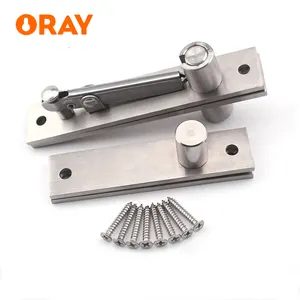

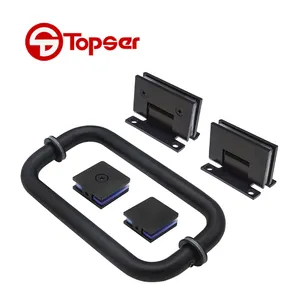







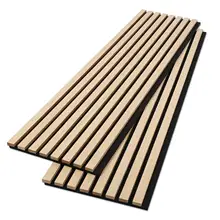



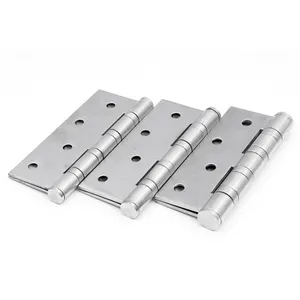



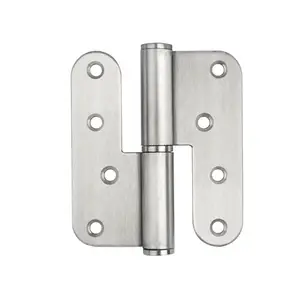
























 浙公网安备 33010002000092号
浙公网安备 33010002000092号 浙B2-20120091-4
浙B2-20120091-4